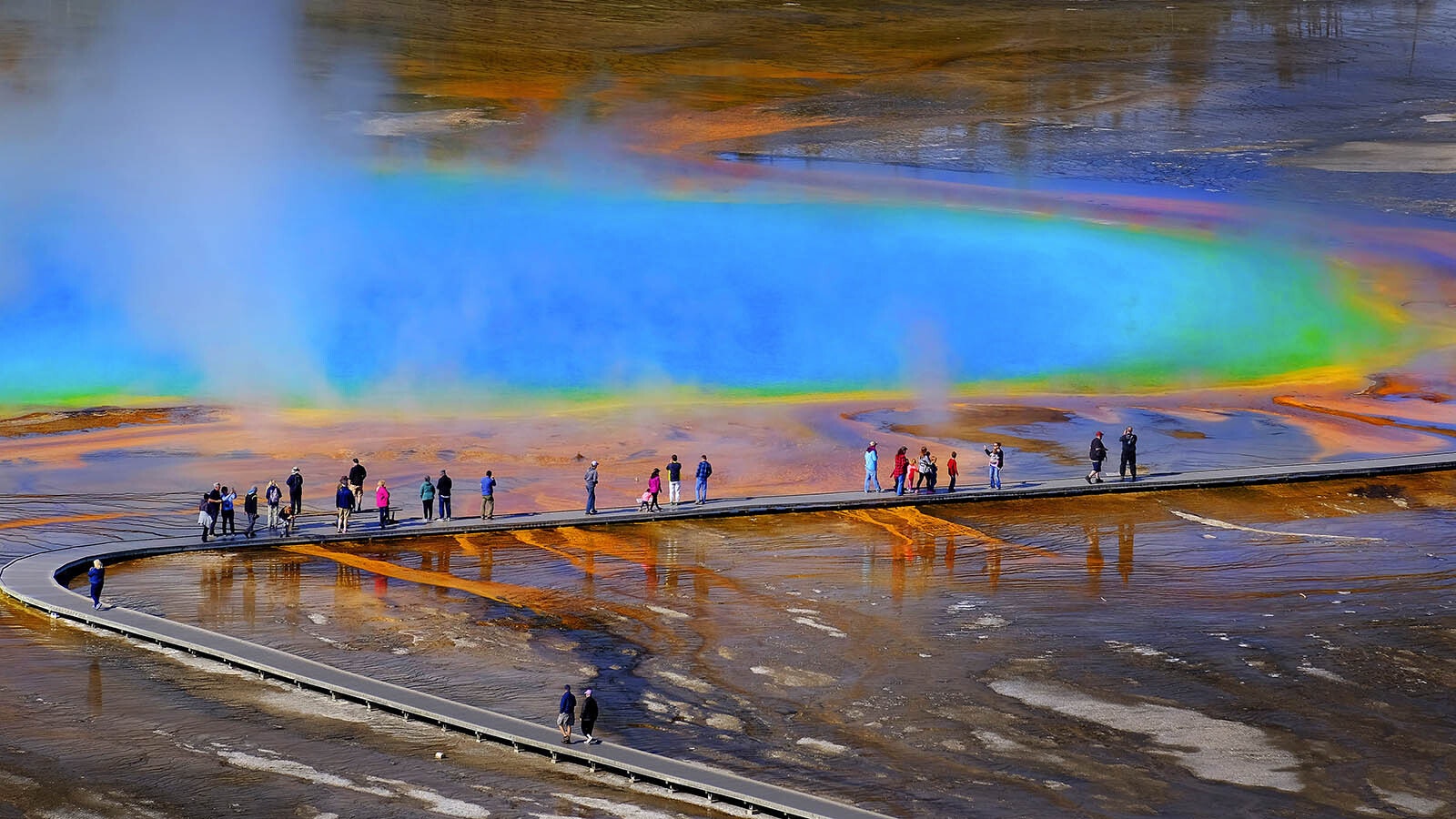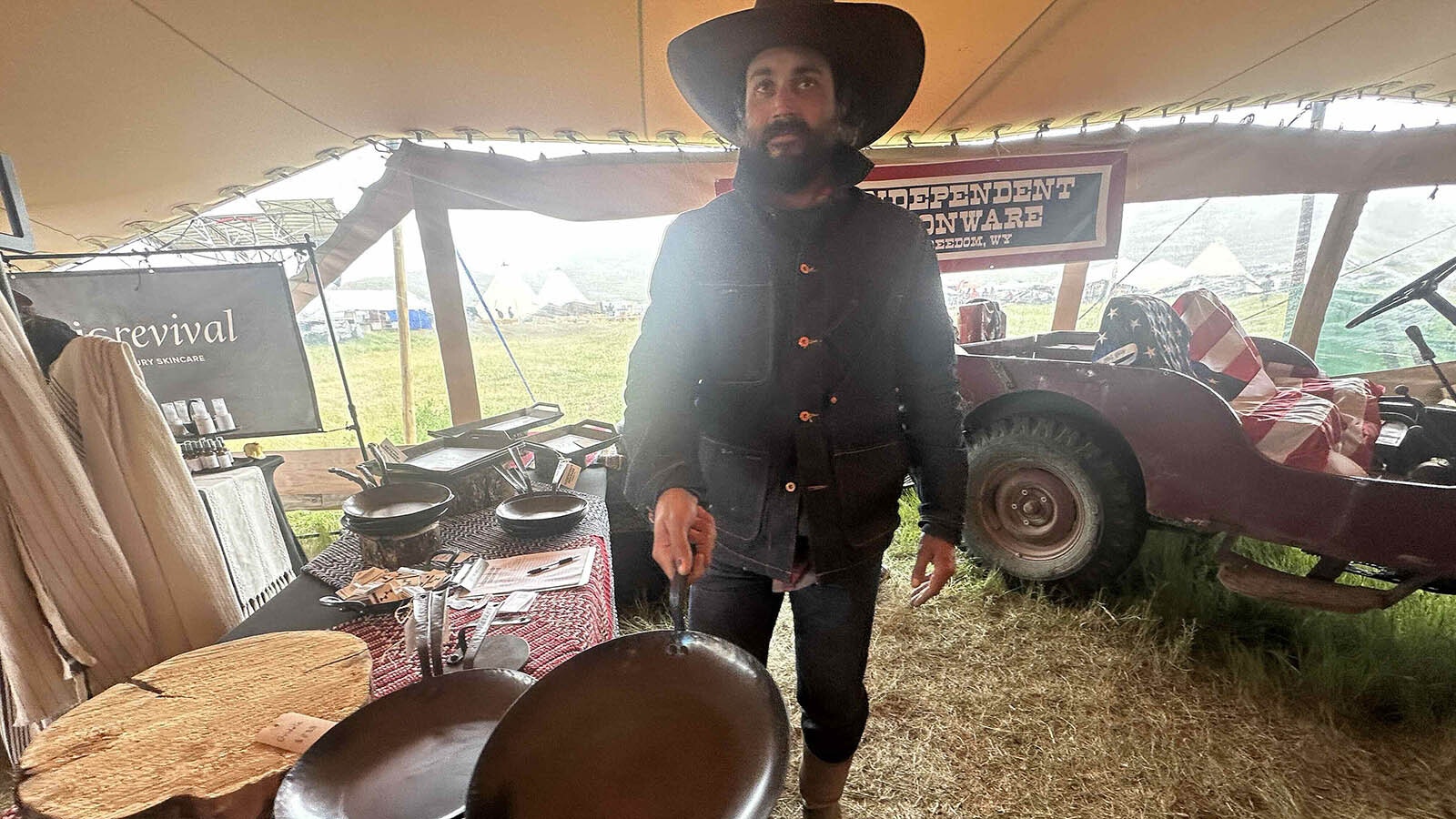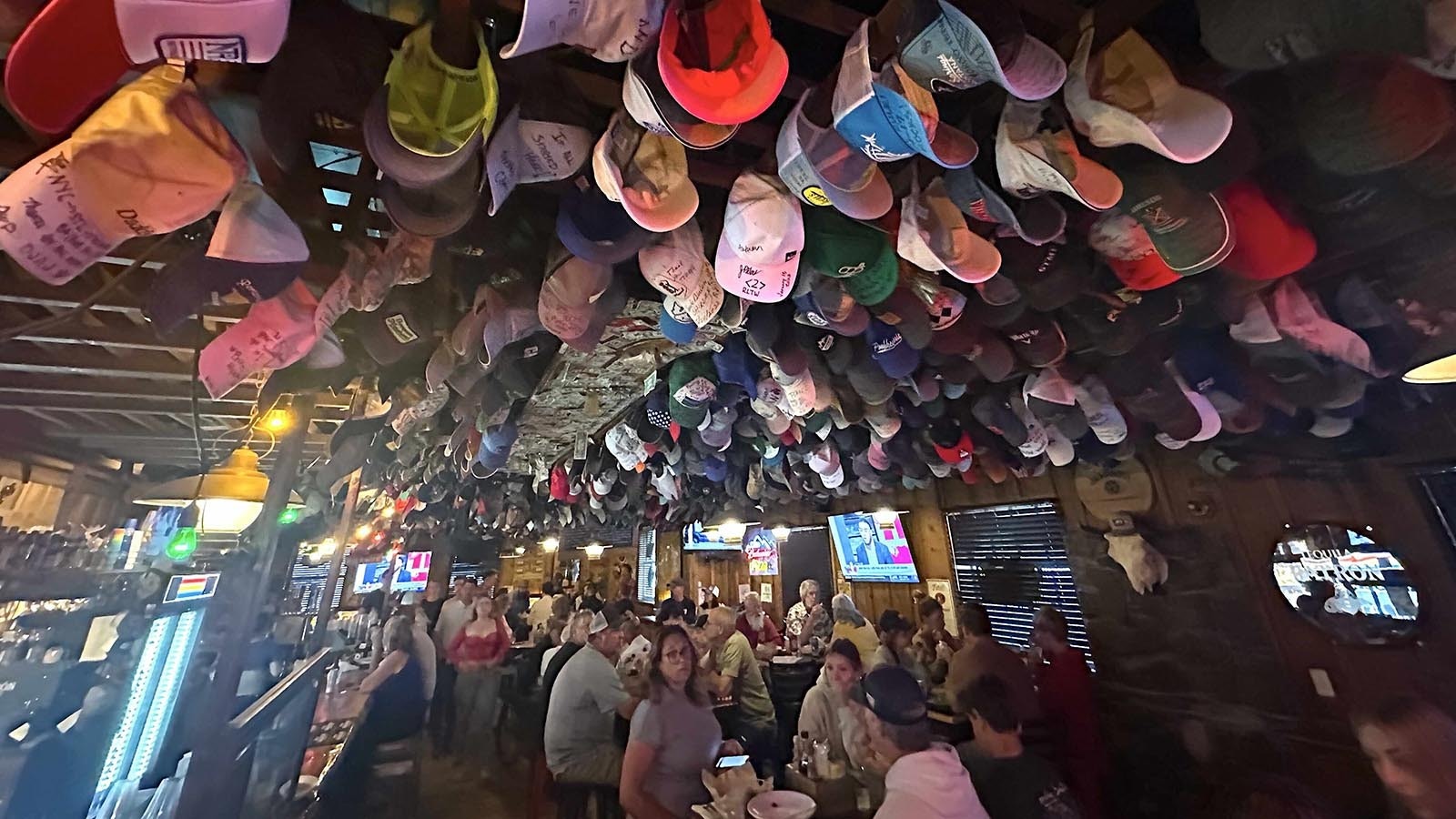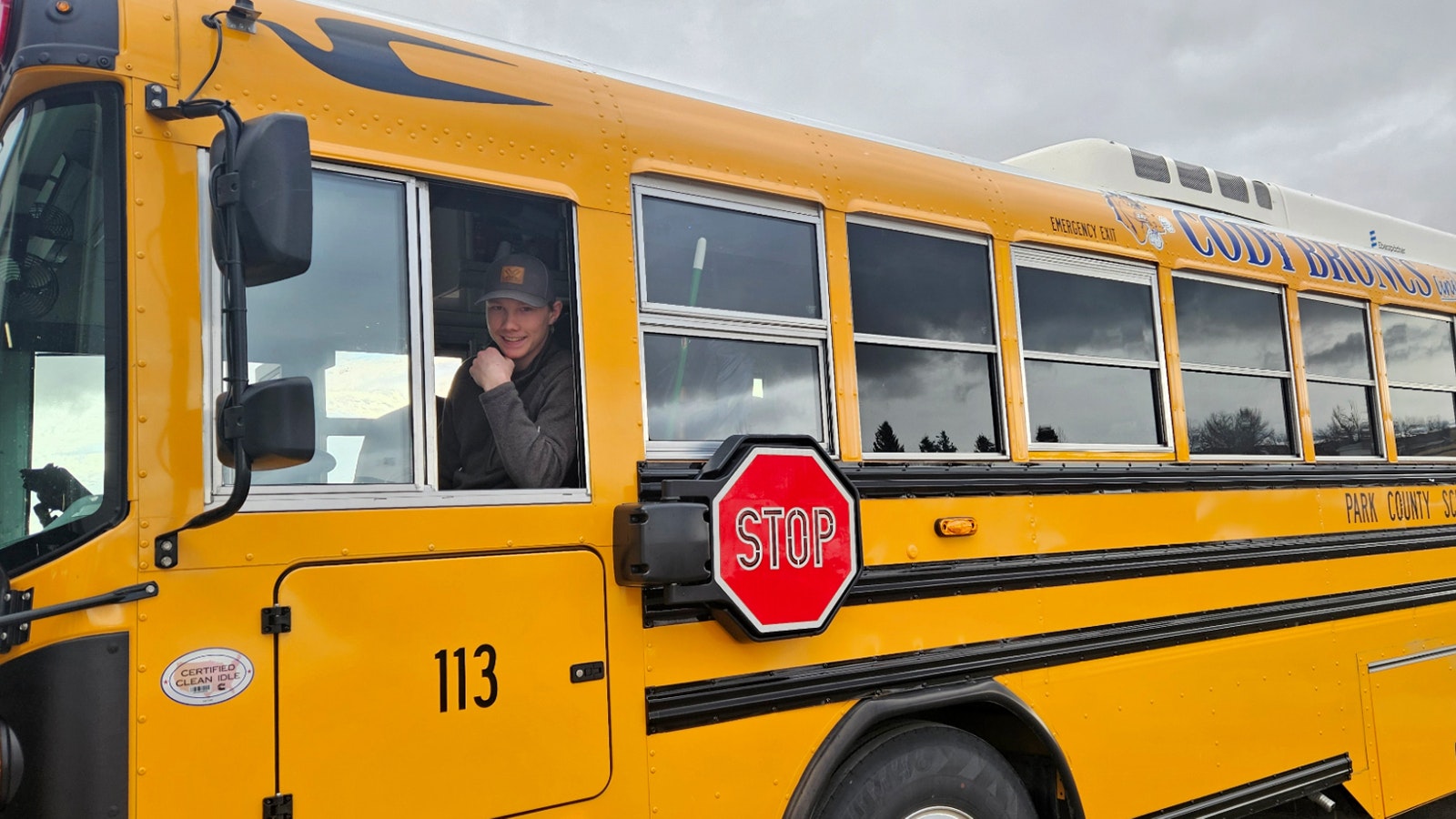CODY — After recent springs in Yellowstone National Park that have seen the park closed in response to the COVID-19 pandemic, and then record flooding that washed out roads in 2022, Superintendent Cam Sholly is happy to discuss road construction and other infrastructure projects as a return to normalcy for America’s first national park.
For National Parks Day, a tradition that stretches back 72 years, superintendents from Yellowstone and Grand Teton national parks visit Cody after the East Gate first opens each spring to meet with tourism industry leaders at a luncheon and in smaller groups. Discussions cover what to expect for the summer and long-term planning on key issues.
Reservations for lodging inside Yellowstone are strong, with rooms already 90% booked for the season, said Michael Keller, general manager in Yellowstone for Xanterra Travel Collection, the park’s primary concessioner, which operates hotels, restaurants and group tour activities.
“Every indicator for us tells us it's going to be as busy or busier than it was last year,” Keller said.
Yellowstone hosted 4.5 million visitors in 2023, the second-busiest year on record, topped only by nearly 4.9 million in 2021.
Sholly said the season is off to a solid start, with 1,000 more people entering the park last weekend than the same time in 2023.
Most of the human activity in Yellowstone is concentrated along roads and in developed areas surrounding the most popular attractions, Sholly said.
Though Yellowstone covers 2.2 million acres, “less than 2,000 acres are pavement and 97% of people never get more than a half-mile away from their car,” he said.
Biggest Challenge
Managing all of those people in relatively few areas of concentrated traffic and the related “impacts on staffing and infrastructure and operations is the single biggest issue we face moving forward,” Sholly said.
While park visitation has grown steadily, staffing and infrastructure spending have typically not kept pace, he said. Repeating talking points he has often shared in gateway communities, Sholly said there is no imminent plan to limit visitation to Yellowstone, but it’s a potential scenario worth discussing now rather than later.
National Park Service studies have shown a shuttle system is likely to be cost-prohibitive, logistically unfeasible and unpopular with visitors. Redistributing visitation from busier entrances to lesser-traveled ones is an option some communities have discussed.
“Is there a way to distribute visitation more effectively across the park?” Sholly asked.
“I may not be in the job, and maybe the next superintendent or the superintendent after that really has to focus on that,” he said. “But it's important that it's on our radar and that we're thinking through it.”
In the meantime, Yellowstone planners are moving forward with what is the largest slate of infrastructure improvement projects since the 1960s.
Yellowstone is spending $250 million on improvements to its wastewater and drinking water systems, and work continues on two major bridge replacement projects.
The Lewis River Bridge north of the park’s South Entrance is being replaced at a cost of more than $30 million, with completion expected by fall. The Yellowstone River Bridge replacement near Tower Junction is budgeted at $134 million, and will be complete in fall 2026. Motorists can expect 20- to 30-minute delays at both sites.
Affordable Housing
Providing affordable housing for employees is a problem in both Yellowstone and Grand Teton parks, as rising home values and proliferation of vacation rentals in gateway communities have made it nearly impossible for new workers to rent or buy homes.
Both parks have made strides in recent years in building new employee housing and converting and upgrading existing older structures to modern standards.
Despite those challenges, the ecosystems in both parks are thriving, and Wyoming communities around the park deserve some of the credit for that, said Grand Teton National Park Superintendent Palmer “Chip” Jenkins Jr.
Deer and other wildlife that spend winter in the river valleys around Cody migrate into Grand Teton, he said. Farmers and ranchers in Park County and other gateway communities are working to keep large properties intact and in agricultural production, which supports wildlife, Jenkins said.
“I just really appreciate the work that's going on here in Cody and Park County in order to be able to support those folks,” he said. “Because by supporting those folks allowing deer and elk and pronghorn to be on their property means that those animals are able to come over to Grand Teton where people come from around the world in order to be able to see them.”
All entrances to Yellowstone and Grand Teton are open for the season with the exception of Yellowstone’s South Entrance, which is scheduled to open Friday.









